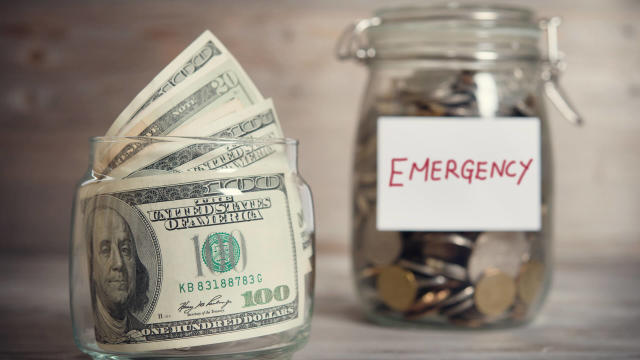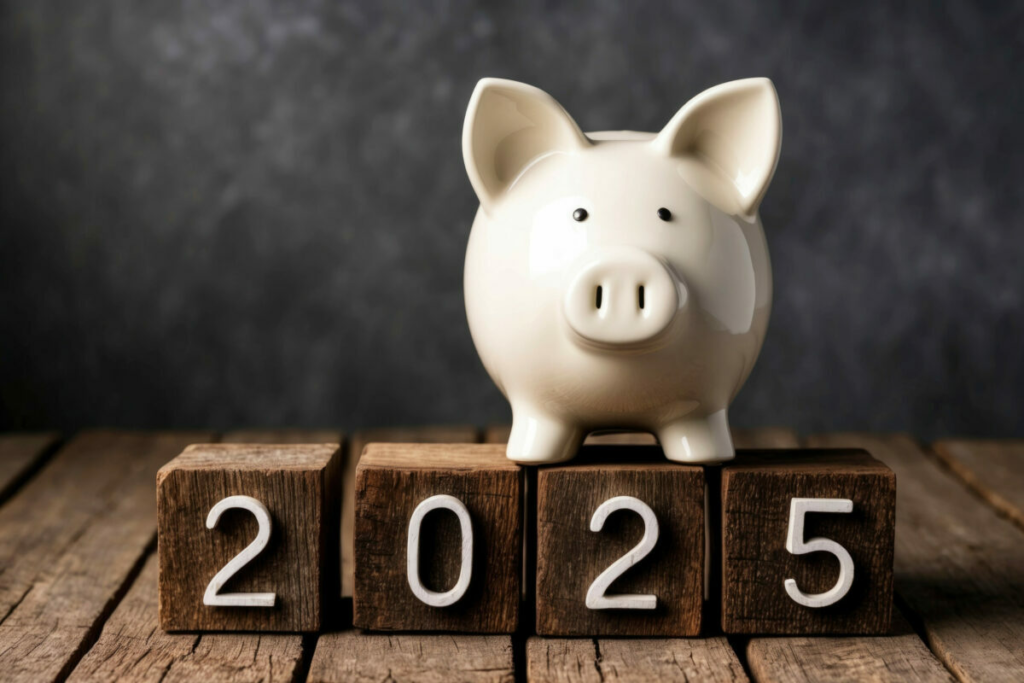
In a world where financial surprises can come at any time, being prepared is no longer an option; it’s a necessity. Building an emergency fund is one of the most important steps toward achieving financial stability and peace of mind. Whether you face unexpected medical bills, sudden car repairs, or even a job loss, having a financial cushion can save you from debt and stress.
This article provides a detailed, step-by-step guide to building an emergency fund in 2025, tailored to align with current financial trends and tools. By the end, you’ll not only know why an emergency fund is essential but also how to set one up efficiently.
What is an Emergency Fund, and Why Do You Need One?
An emergency fund is a savings reserve dedicated to covering unforeseen expenses. Unlike general savings, this fund is specifically for emergencies that require immediate financial attention, such as:
- Medical emergencies
- Car or home repairs
- Job loss or reduced income
- Unplanned travel for family emergencies
Why is it essential?
- Avoiding debt: Without a safety net, you might resort to credit cards or high-interest loans.
- Financial independence: You remain in control during emergencies, without needing external financial assistance.
- Peace of mind: Knowing you have a backup plan reduces stress and lets you focus on long-term goals.
How Much Should You Save?
The ideal emergency fund amount varies depending on individual circumstances. The general recommendation is to save three to six months’ worth of essential living expenses. However, you should customize this based on factors like:
- Job stability: Freelancers or gig workers may need to save closer to six months’ worth, while those in stable jobs might need less.
- Dependents: If you have children or other dependents, factor in their needs.
- Current debt: Focus on saving while also maintaining regular debt payments.
To calculate your target amount:
- List your monthly essentials: Rent/mortgage, utilities, groceries, insurance, transportation, and debt payments.
- Multiply by the number of months you want to save for (e.g., $2,000/month x 6 months = $12,000).
Step-by-Step Guide to Building an Emergency Fund in 2025
1. Start with a Financial Assessment
Evaluate your current financial situation. How much do you earn, and how much do you spend monthly? Identify areas where you can cut back to redirect funds toward your emergency savings.
2. Set a Realistic Goal
Break your savings target into smaller, achievable milestones. For example, aim for $1,000 as an initial goal, then work towards three months’ worth of expenses.
3. Create a Budget
Implement a budgeting strategy like:
- Zero-based budgeting: Assign every dollar a purpose, including savings.
- 50/30/20 rule: Allocate 50% of your income to necessities, 30% to wants, and 20% to savings and debt repayment.
- Pay yourself first: Treat your savings as a fixed expense and prioritize it.
4. Choose the Right Savings Account
Store your emergency fund in a high-yield savings account or money market account to earn interest while keeping it accessible. Ensure the account is separate from your daily checking account to avoid impulsive withdrawals.
Smart Strategies to Build Your Emergency Fund
Automate Your Savings
Set up automatic transfers to your savings account. Even small, consistent deposits add up over time.
Use Windfalls Wisely
Direct unexpected income, like tax refunds, bonuses, or gifts, into your emergency fund.
Cut Unnecessary Expenses
Revisit your monthly spending to identify and eliminate wasteful habits. Examples include dining out less, canceling unused subscriptions, and opting for budget-friendly alternatives.
Explore Side Hustles
Earn extra income through freelancing, part-time work, or selling unused items. Dedicate these earnings to your emergency fund.
Save Incrementally
Start small if you’re overwhelmed. Even saving $10-$20 per week can make a significant difference over time.

Tools and Technology for Building Your Emergency Fund
Budgeting Apps
Apps like Mint and YNAB (You Need A Budget) can help track expenses, monitor progress, and manage savings goals.
Savings Apps
Automated savings platforms like Acorns and Digit round up transactions or analyze spending patterns to save small amounts regularly.
High-Yield Savings Accounts
Online banks often provide competitive interest rates, making them a smart choice for growing your emergency fund.
Overcoming Challenges
Inconsistent Income
If you have variable earnings, save a percentage of your income rather than a fixed amount. Increase contributions during high-earning months.
Unplanned Withdrawals
Emergencies may occur while building your fund. Don’t feel discouraged—use the fund as intended and focus on replenishing it.
Lack of Motivation
Visualize the benefits of financial security. Use tools like progress charts to celebrate milestones and maintain momentum.
Real-Life Case Studies
- The Freelance Designer’s Journey: Sarah, a graphic designer, started 2024 with no savings. By automating transfers and cutting discretionary spending, she saved $5,000 in a year, covering medical expenses without going into debt.
- The Family Man: John, a father of two, used the 50/30/20 rule and side gigs to build a $10,000 emergency fund, securing his family’s financial future.
The Psychological Impact of an Emergency Fund
Beyond the monetary benefits, an emergency fund provides:
- Reduced stress: Alleviates anxiety about unexpected expenses.
- Improved confidence: Empowers you to face financial challenges head-on.
- Better financial habits: Encourages disciplined saving and spending.
Maintaining Your Emergency Fund
Once you reach your savings goal, don’t stop. Regularly replenish your fund after withdrawals, and adjust your target amount as life circumstances change.
Also Read: The Relationship Between Emotions and Money
Building an this fund in 2025 is not just a financial goal—it’s a lifeline for peace of mind and stability. By following these steps and committing to consistent saving, you can prepare for the unexpected and secure your financial future. Start today, and take control of your finances for a worry-free tomorrow.
FAQs: How to Build an Emergency Fund in 2025
What is the ideal amount for an emergency fund?
The general recommendation is three to six months’ worth of essential living expenses. However, this varies based on factors like job stability, dependents, and personal financial goals.
Where should I keep my emergency fund?
Store your fund in a high-yield savings account or money market account. These options provide accessibility while allowing your savings to grow through interest.
How do I save for an emergency fund if I live paycheck to paycheck?
Start small by saving a percentage of each paycheck, even if it’s just 1-5%. Use windfalls like bonuses or tax refunds to boost your savings. Cutting unnecessary expenses can also help free up funds.
Can I use my emergency fund for non-emergencies?
No, your emergency fund should only be used for genuine emergencies like medical bills, urgent repairs, or job loss. For non-emergencies, consider creating a separate savings account.
What tools can help me build an emergency fund?
Budgeting apps like Mint and YNAB, as well as savings tools like Acorns and Digit, can simplify tracking and automating your savings.
What if I have inconsistent income?
Save a percentage of your income instead of a fixed amount. During high-earning months, increase your contributions to compensate for leaner periods.
How long will it take to build an emergency fund?
The time frame depends on your savings rate and target amount. With consistent effort, most people can achieve their initial goal (e.g., $1,000) within 3-6 months and build a full fund within 1-2 years.
How do I maintain my emergency fund once it’s built?
Replenish any funds used for emergencies as soon as possible. Periodically review your target amount and adjust it to match changes in your expenses or lifestyle.
Should I save for an emergency fund if I have debt?
Yes, but balance your priorities. Start by saving a small emergency fund (e.g., $500-$1,000) while making regular debt payments. Once you’ve built this cushion, focus more aggressively on paying off debt.
Is investing a good way to build an emergency fund?
No. Emergency funds should be liquid and low-risk. Investments like stocks are subject to market volatility and may not be easily accessible when needed.





